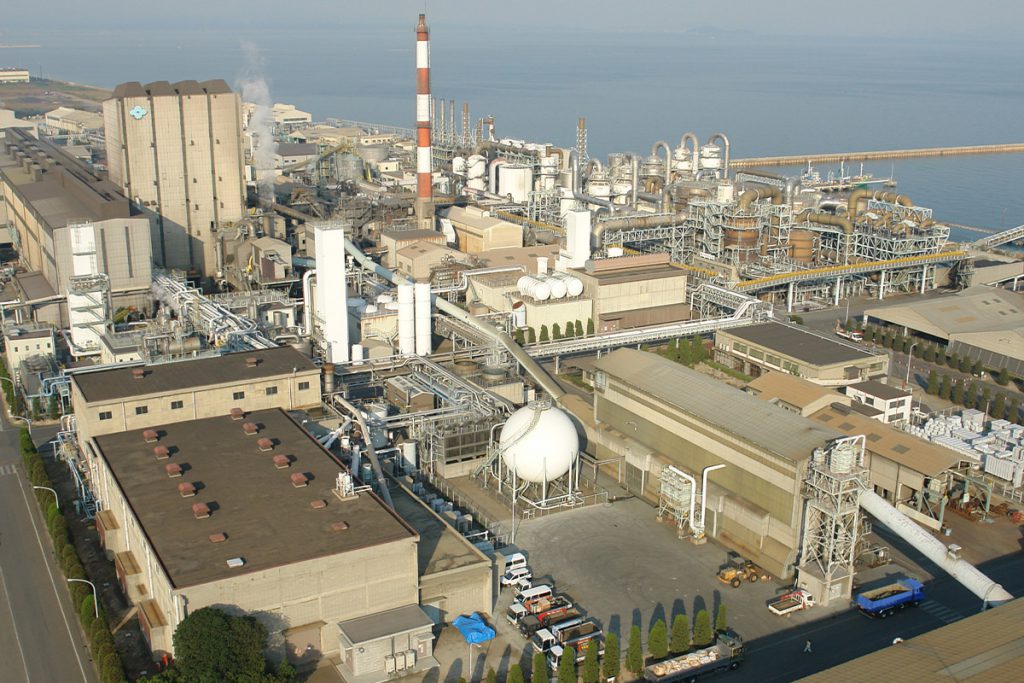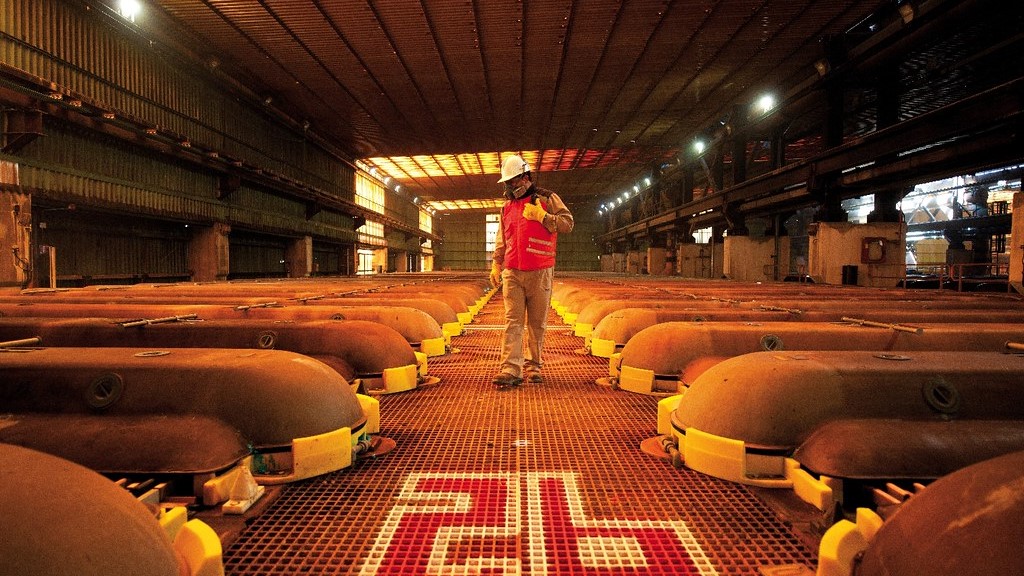Global copper smelting surges in January, satellite data shows

Global copper smelting activity powered to a 13-month peak in January as operations in China ramped up ahead of seasonal construction demand, data from satellite surveillance of copper plants showed.
The number of inactive smelters fell to the lowest level since February 2018, according to a statement on Thursday from commodities broker Marex and SAVANT, a satellite analytics service it launched with Earth-i in 2019.
“The strong start to the year in the SAVANT measures of copper smelting activity corroborate our own observations from the physical markets, which is an industry supply chain that is ramping up to meet strong downstream demand,” said Guy Wolf, Marex global head of analytics
Earth-i, which specialises in geospatial data, tracks 94 smelters representing 80% to 90% of global production. It sells data to fund managers, traders and miners and publishes a free monthly index of global copper smelter activity.
Its global dispersion index rose in January to 55.1, up from 51.6 a month earlier.
Under the dispersion index, 50 points indicate smelters are operating at the average level of the last 12 months. It also has a second index showing the percentage of active smelters.
Only about a dozen smelters were inactive in January and activity was detected since the middle of January at BHP’s Olympic Dam smelter after a maintenance shutdown, the statement said.
In nickel, smelting activity slipped, largely due to power restrictions in China ahead of the Winter Olympics, the statement said.
The global dispersion index for nickel fell to 49.5 in January from 50.7 in December, while the Chinese nickel pig iron (NPI) index dropped to 43.6 from 46.1.
NPI is a lower nickel content substitute for refined nickel.
(By Eric Onstad; Editing by Jan Harvey)
More News
Chile to cut 2025 copper price forecast, WSJ reports
The Chilean government will cut the estimated average price to $3.90 to $4 a pound from a current projection of $4.25.
April 06, 2025 | 10:49 am
Breakthrough Cu-Ta-Li alloy could transform aerospace, defense applications, researchers say
US Army Research Laboratory developed nanostructured copper alloy with exceptional thermal stability and mechanical strength.
April 04, 2025 | 04:17 pm
{{ commodity.name }}
{{ post.title }}
{{ post.excerpt }}
{{ post.date }}



Comments